I wanted to eat the air. I think that's a first for me.
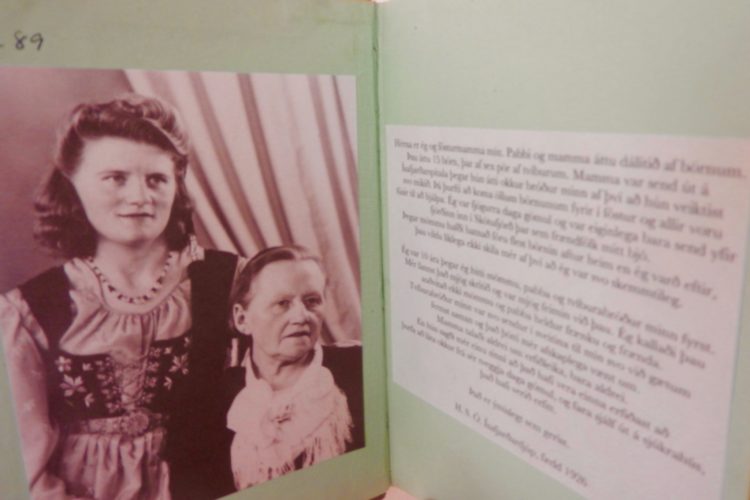
Dusty Books and Breast Milk: Iceland’s DIY Museum
What do you do with a discarded shoe factory in a small, self-consciously quirky, town with a long tradition of self-sufficiency, booming tourist population, and not too many actual tourist attractions?
Well, if you’re the creative type, you might just gather up a pile of cast-off belongings and open a museum dedicated to the “magic of the mundane.” And that is exactly what a group of enterprising locals in the Icelandic town of Ísafjöuđur have done.
Ísafjöuđur has fewer that 3000 residents, but it is still, by far, the largest town in Iceland’s remote northern Westfjord region. It’s a pleasant place with colorful houses, a couple of bakeries, churches, and shops full of Icelandic woolens. It’s prettily situated, but not really picturesque. It probably doesn’t have time to be. Built almost entirely around fishing and fish processing, it’s a bustling, working port.
As is common in (very) northern Europe, most of Ísafjöuđur’s buildings are painted in bright and often bold colors. There doesn’t seem to be any official explanation for this, but the general consensus is that it’s done to add color and boost people’s spirits during the long, dark winters. The houses themselves are usually prefabricated, typically in Norway, and shipped to tree-hungry Iceland. In the past twenty years, Iceland has actually undertaken an ambitious reforestation campaign, but the results are still too few and too small to be used for lumber.
According to the town’s website, www.isafjordurdur.is/port, tourism is the region’s fastest growing industry. Some of those tourists pass through quickly, en route to hiking and other adventure stops in the Westfjords, while others are cruise passengers just there for the day. And I’m going to be honest, once you walk through the town once or twice (or, in my case, three or four times), take a few pictures, duck in and out of the shops (which would be inviting but for the mob of fellow visitors), and gasp aloud as you see for yourself the high price of alcohol, well…you’re pretty much out of things to do.
I was tempted to climb into this old bakery truck, but since I didn’t see any kids doing it, I thought it best to refrain. The bakery, by the way, is still in business, though its current building, which you can just see in the background, only dates to the 1930s.
After a few hours in Ísafjöuđur, I decided to see if the main church had opened (nope) and then make my way back to the ship. I wasn’t paying much attention to where I was going, because the town is small enough that walking in the general direction of something is sufficient. But I must have walked down a different street than the one I had come up, because within minutes I ran into a brightly-colored chalkboard sign advertising the Skóbúdin Museum (just between us, my first thought was that it was a café that my fellow tourists had somehow overlooked). On closer inspection, I saw that it billed itself as a “museum of everyday life,” and, for good measure, had a clothesline (complete with hanging laundry) and cow stenciled on its front windows. I think you would have gone in too.
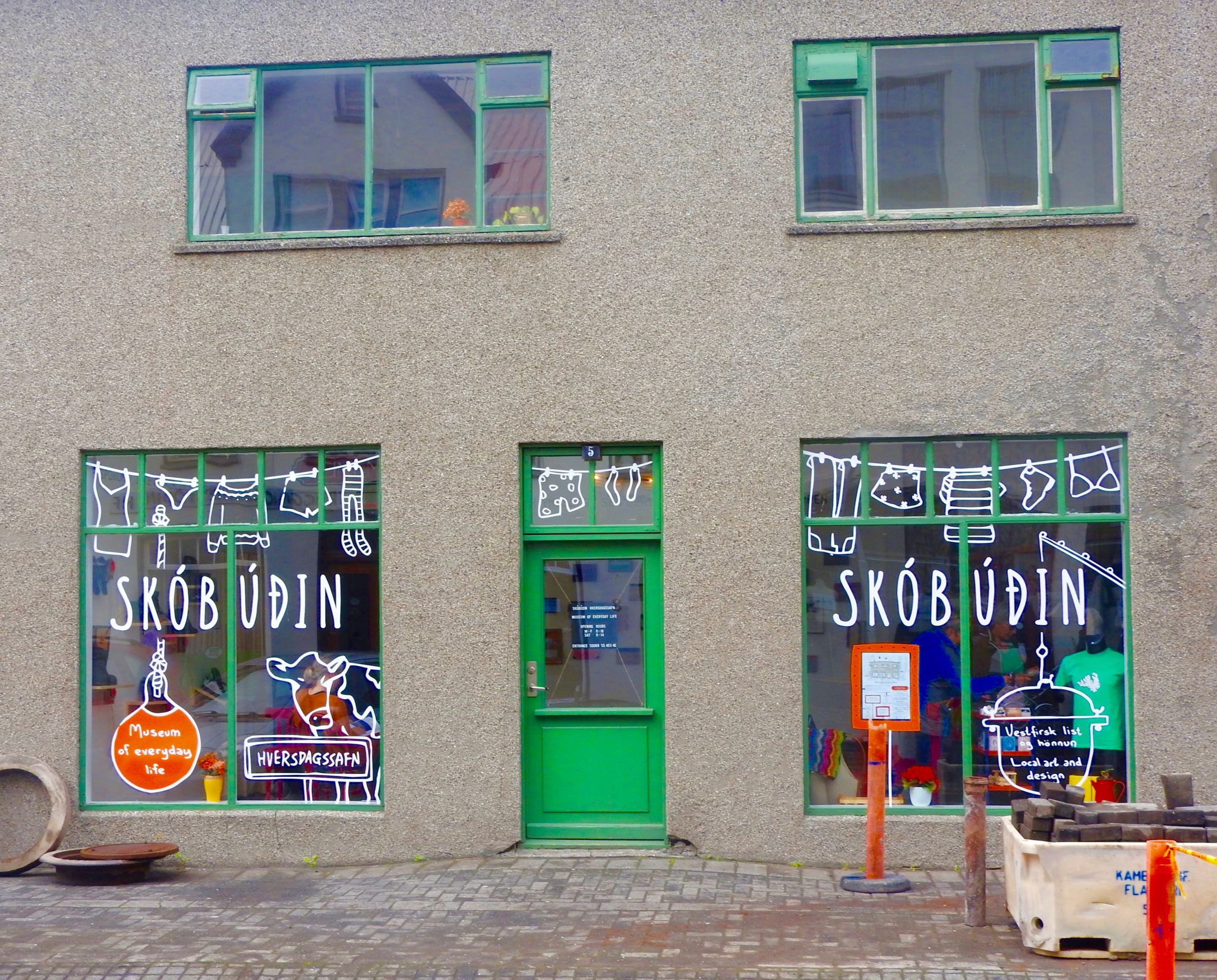
Now, what is this?
The museum is fun–if you go in with the right attitude. It is also a bit cheeky. Made up entirely of an entry hall/exhibit space/gift shop corner, and a black-cloth-draped backroom fitted out as a cinema, it features exactly three exhibits (or at least it did when I was there, but the size makes me wonder where they’d put anything else). There’s a friendly, but unmistakable, vibe of “yup, we got you to surrender $5 to come in here, and, yup, this is all there is. But since you’re here, why don’t you shelve your expectations about our tiny town and just enjoy?” Turns out, this is good advice.
The first exhibit, “Various Things Happen,” was my favorite. Its aim is to preserve “the kind of stories you would hear sitting at [the] table over a cup of coffee,” and it came about when the local library decided to slim down its collection. (Fun fact: did you know that Icelanders read more books, per capita, per year than any other population? Well, now you do.) Word got out that a few dozen old and dusty books were destined for the recycling bin, and somebody, saddened by the thought of the old, mottled, unloved books, decided to rescue them and put them to creative, community-spirit-building-use. Given that I am both a book nerd and a packrat (because you never know when that old playbill will morph into a prized cultural artifact…), naturally this would appeal.
Today, the books, which are either bound in colored cloth or covered in patterned paper, hang from the museum’s wall at various angles. Photographs are pasted into the inside covers, followed on subsequent pages by a few sentences either by or about the persons pictured. Some of the pictures are formal portraits, others just snapshots taken around the house.
The commentaries (which have English translations) range widely in subject matter, but most have something to do with living in the isolation and extreme climate of the westfjords. Some are funny, others sadly poignant, but all of them, despite focusing on circumstances foreign to most visitors, are all somehow familiar. In the story attached to the picture at the top of this post, of a young woman and her foster mother, the now-elderly woman recollects how her birth mother had to be hospitalized for a long while upon giving birth to her sixth set of twins, and that the family was temporarily split up as a result. Even after her mother’s recovery, the foster family kept the little girl because “I was so much fun.”
The westfjords’ extreme climate and isolation are common themes in the recollections. Here a woman recalls her early childhood in the 1980s: “My parents were crazy people, of course, they saw an advertisement in the paper about an available position as the light house operators at Galtarviti, and they just said hey! let’s apply for that. They got the job and moved, 22 years old, with their one and two year old daughters, to the remotest region in Iceland. It wasn’t possible to get there by land, but the coastguard came with supplies once a month. Sometimes people came during the winter on snowmobiles…My parents didn’t understand why grandma and grandpa were so unhappy.”
Here a woman offers sage advice for getting a caffeine fix: “The weather had been crazy for several weeks–we’d been without milk, bread, and meat for at least a fortnight. We always freeze bread, but we don’t freeze milk. We had been without it for some days–I always took milk in my coffee and I wanted milk so badly that I just sprayed breast milk in the coffee. It was a bit sweet but awfully good.”
“To splutter sea water and shake houses”: The Westfjords in winter
Proceeding into the little cinema, I watched the three short films on offer. The first featured an older man narrating the commonplace experience of waiting for and expecting a major storm, while the second was based on a 1980s grandmother who used a cassette player to record the daily conversations in her kitchen. I enjoyed these films and couldn’t help but smile at the tone of mixed resignation and annoyance (“this is the last day of oxygen”) with which the old man described winter storms, but I found the third film the most interesting.
The third film focused on the northern lights, which are these days a major tourist attraction in Iceland, but have long been just a fact of life for Icelanders, especially those living on the more remote areas. The filmmaker had asked residents what they thought of the northern lights, and had their opinion changed any with the massive influx of tourists. In keeping with the museum’s theme of the diversity and depth found in everyday life, there were a range of answers.
A few selections…..
“I didn’t really think much of them on a daily basis and have never made an effort to look out for them especially.”
“Beautiful–but they were simply there, every winter.”
“I remember having seen the northern lights, but not talking much about them. I think that’s the only difference I can sense now, people talk much more about them.”
“I was on a farm…where there is no light pollution and one is quite far inland. When the northern lights came out suddenly it was as if someone had flipped a switch and turned on a light. Completely insane phenomenon.”
“I received a visitor from Reykjavik many years ago and I could barely get him through the door, he was so spellbound. He said he had never seen them before. Many people aren’t really looking around them.”
“Complete magic–still get this feeling when someone near me sees them for the first time.”
“I always experience some great mystique when I look at the northern lights that undulate like veils in various colors…It makes me think of elves. Here you don’t need to use grass to see visions–which is incredible.”
When in Ísafjöuđur …
I don’t expect Ísafjöuđur to jump to the top of too many people’s bucket lists (ugh, I hate that phrase. Can we think of a new one?) anytime soon. As I said, it’s primarily a place people go while they’re in the middle of going someplace else. But should you find yourself there, do check out the Skóbúdin Museum. Apart from offering a clever and good-humored introduction to life in the westfjords, it’s a good reminder that travel is more than touring the “big” sites. It can also be as simple as chatting with the locals and embracing their stories of everyday life.
What do you think of the Skóbúdin Museum? Are you sold on the “magic of the mundane,” or is the museum just grasping at straws? Let me know in the comments section!

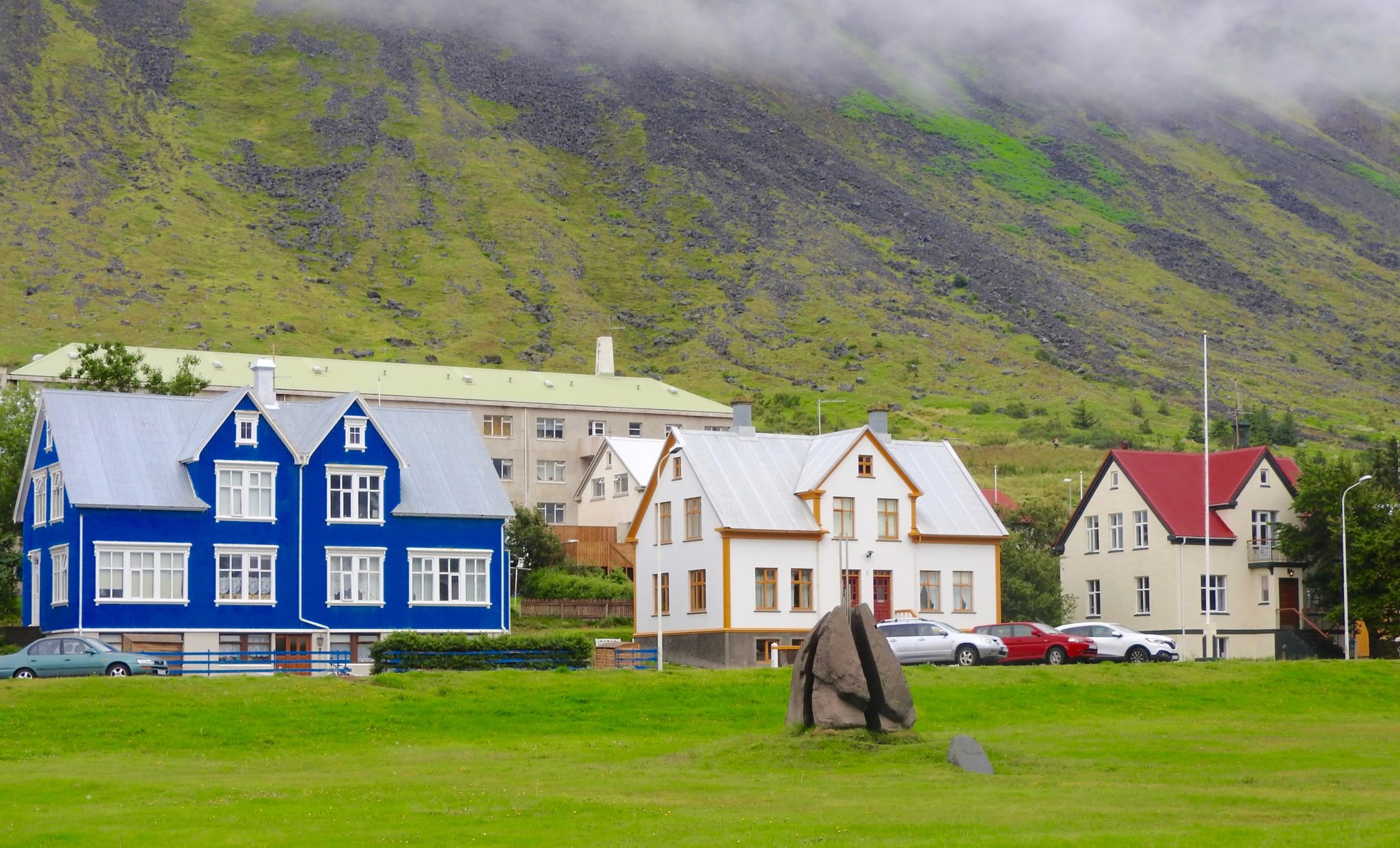
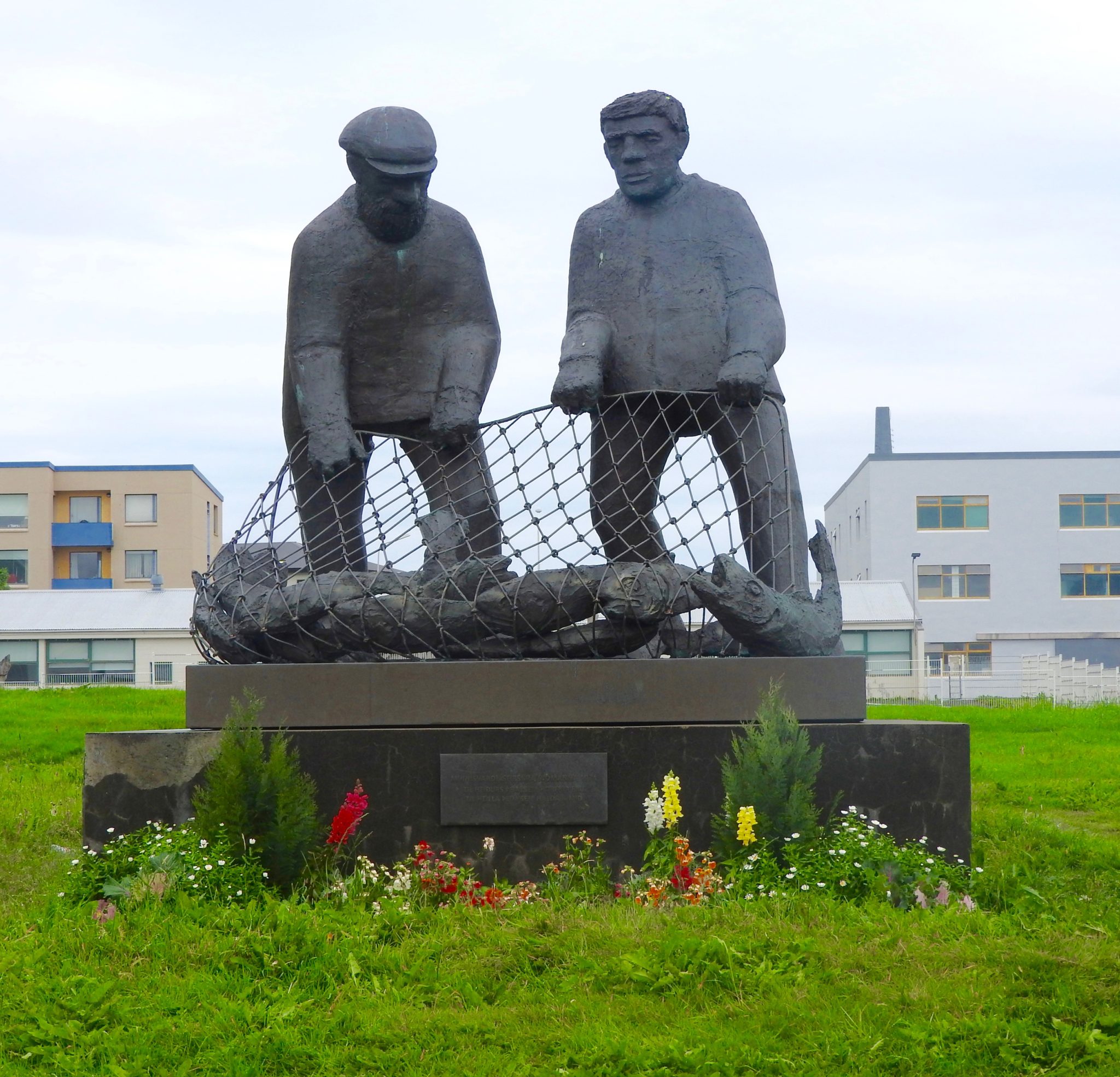
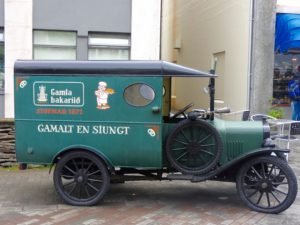
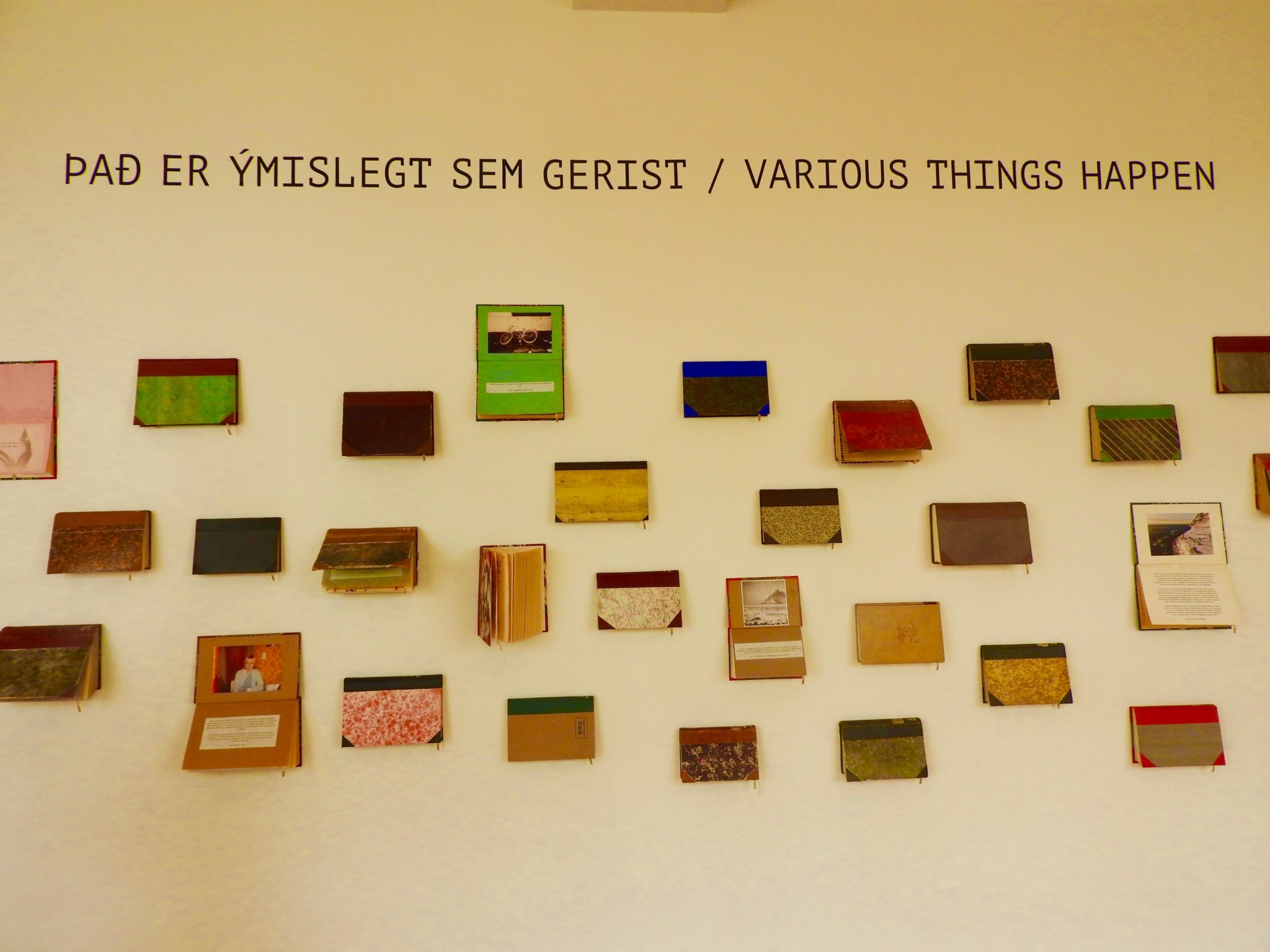
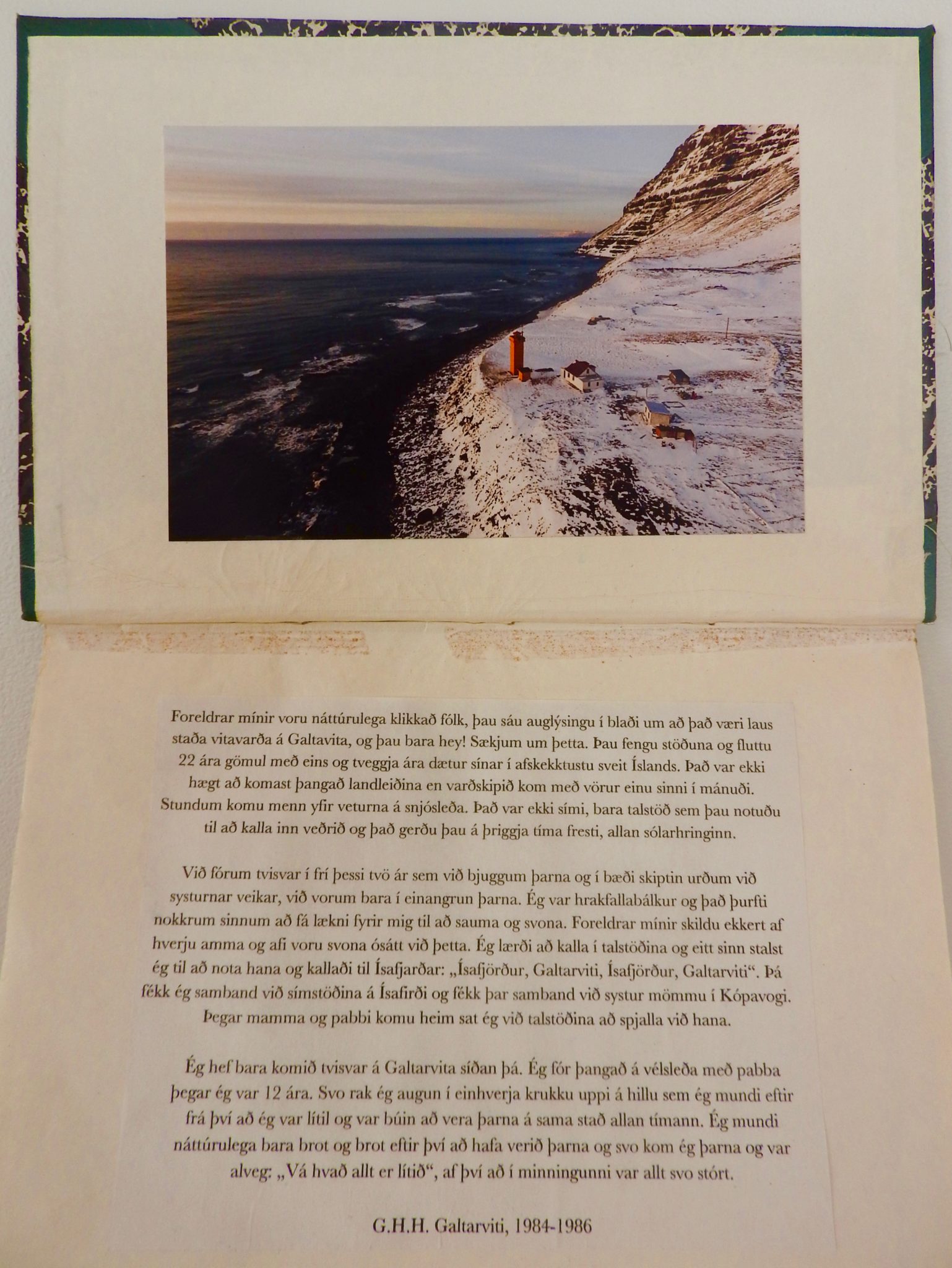
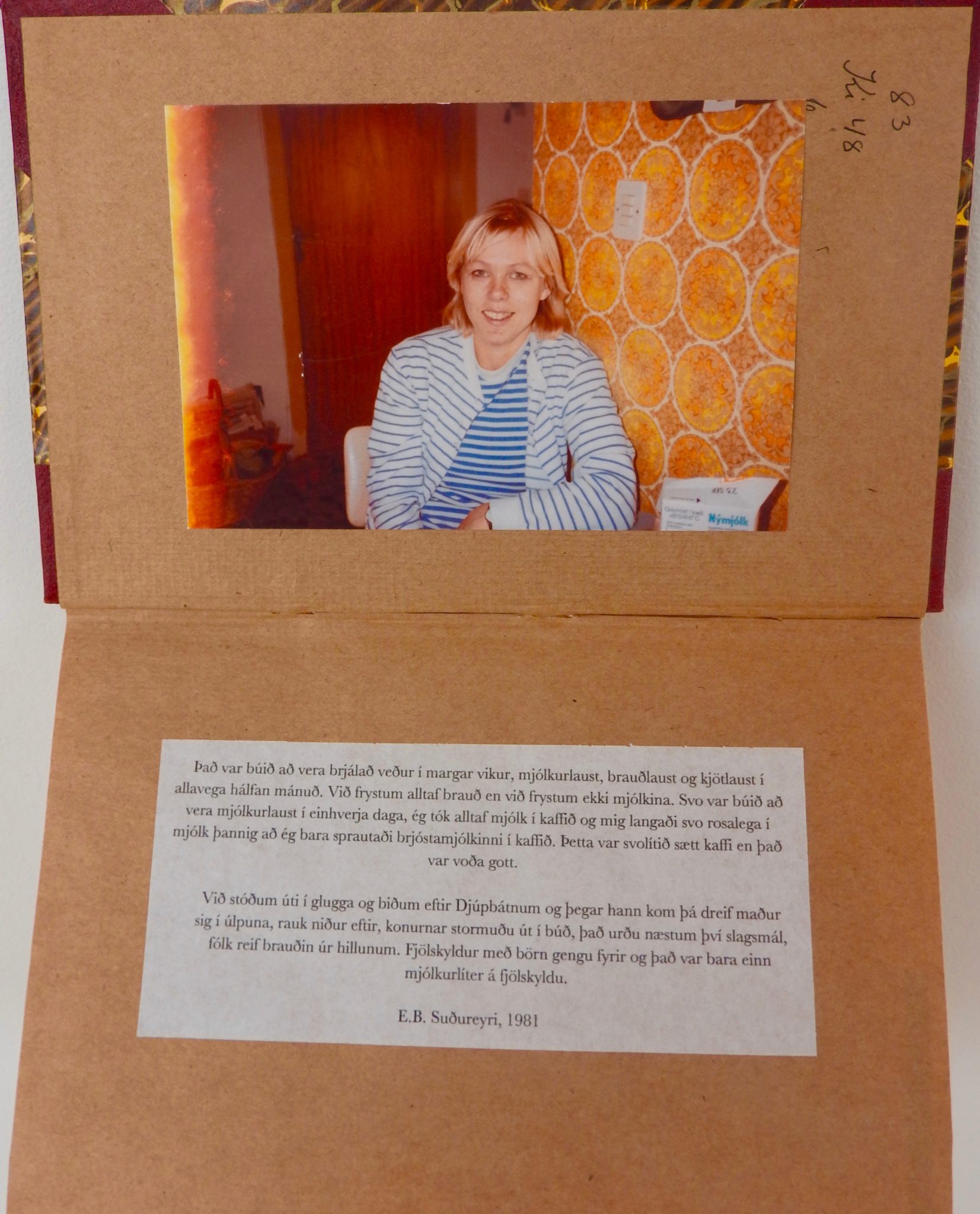
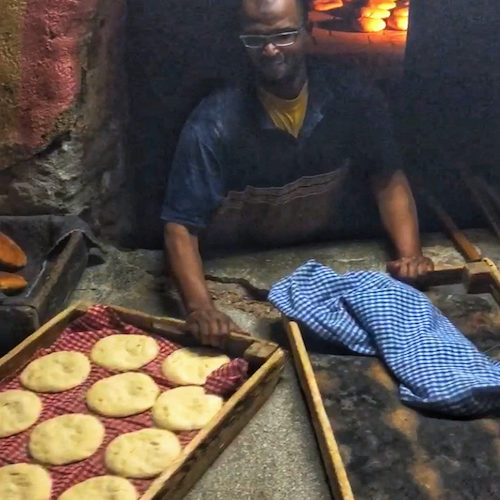
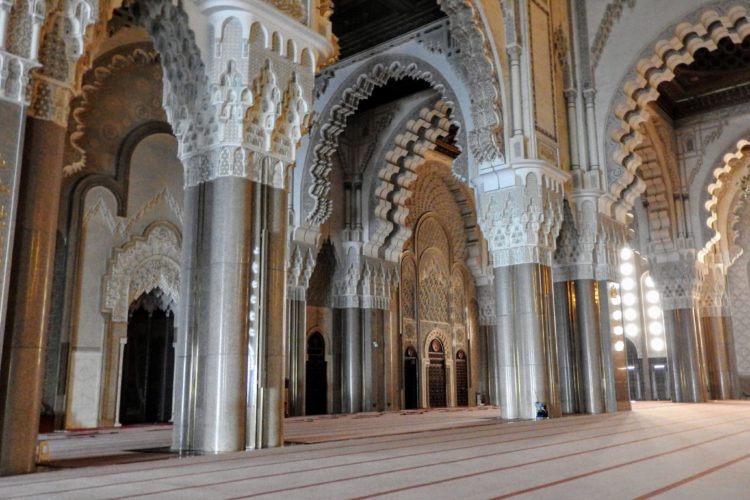
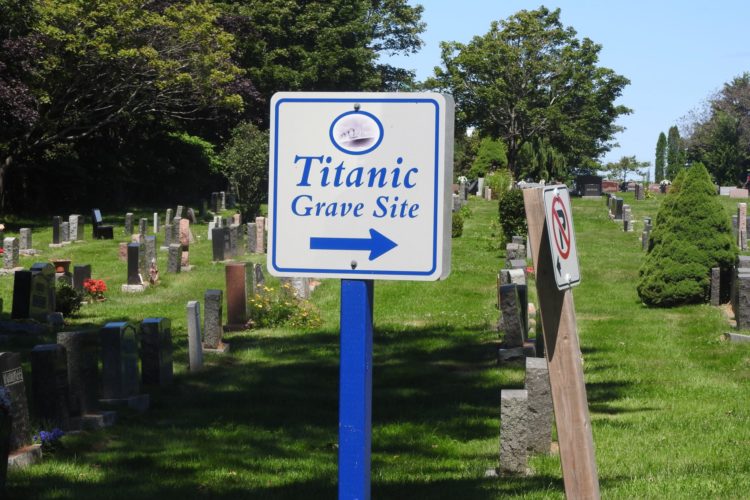
This Post Has 0 Comments